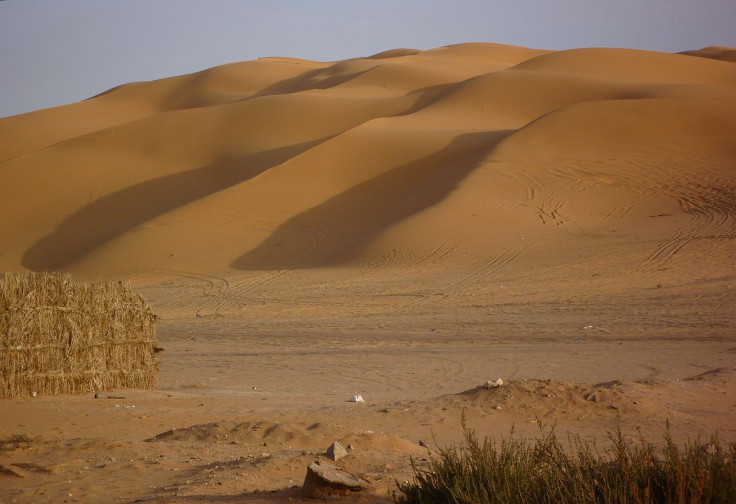Sahara Desert 'Twice as Old as Previously Thought'

The Sahara Desert is twice as old as previously believed, a climate simulation has suggested.
According to scientists at the Centre for Climate Research in Bergen, the desertification of northern Africa started seven million years ago, Nature magazine reports.
Most previous research has suggested the Sahara formed between two and three million years ago – roughly the same time that an ice age began in the Northern Hemisphere.
However, other researchers have since found an increasing amount of evidence that suggests dry spells began in the area about eight million years ago.
Published in the journal Nature, the scientists looked at what could have triggered the dry spells. Zhongshi Zhang, one of the researchers involved in the study, said they found the movement of the African tectonic plate prompted a shift in weather patterns.
Their model, which showed the shrinking of the ancient Tethys Sea, indicates that this process took place between seven and 11 million years ago.
"The simulations are the first to show that the Tethys shrinkage has two main consequences for North African climate," the authors said in a statement.
"First, it weakens the African summer monsoon circulations and dries out North Africa. Second, it enhances the sensitivity of the African summer monsoon and its associated rainfall to orbital forcing. The Tortonian stage thus marks the time when North Africa shifted from a permanently lush, vegetated landscape to a landscape experiencing arid/humid cycles on orbital time scales.
"Interestingly, these major changes in North African climate and environment are coincident with an important time period for the emergence of early hominids."
© Copyright IBTimes 2025. All rights reserved.






















